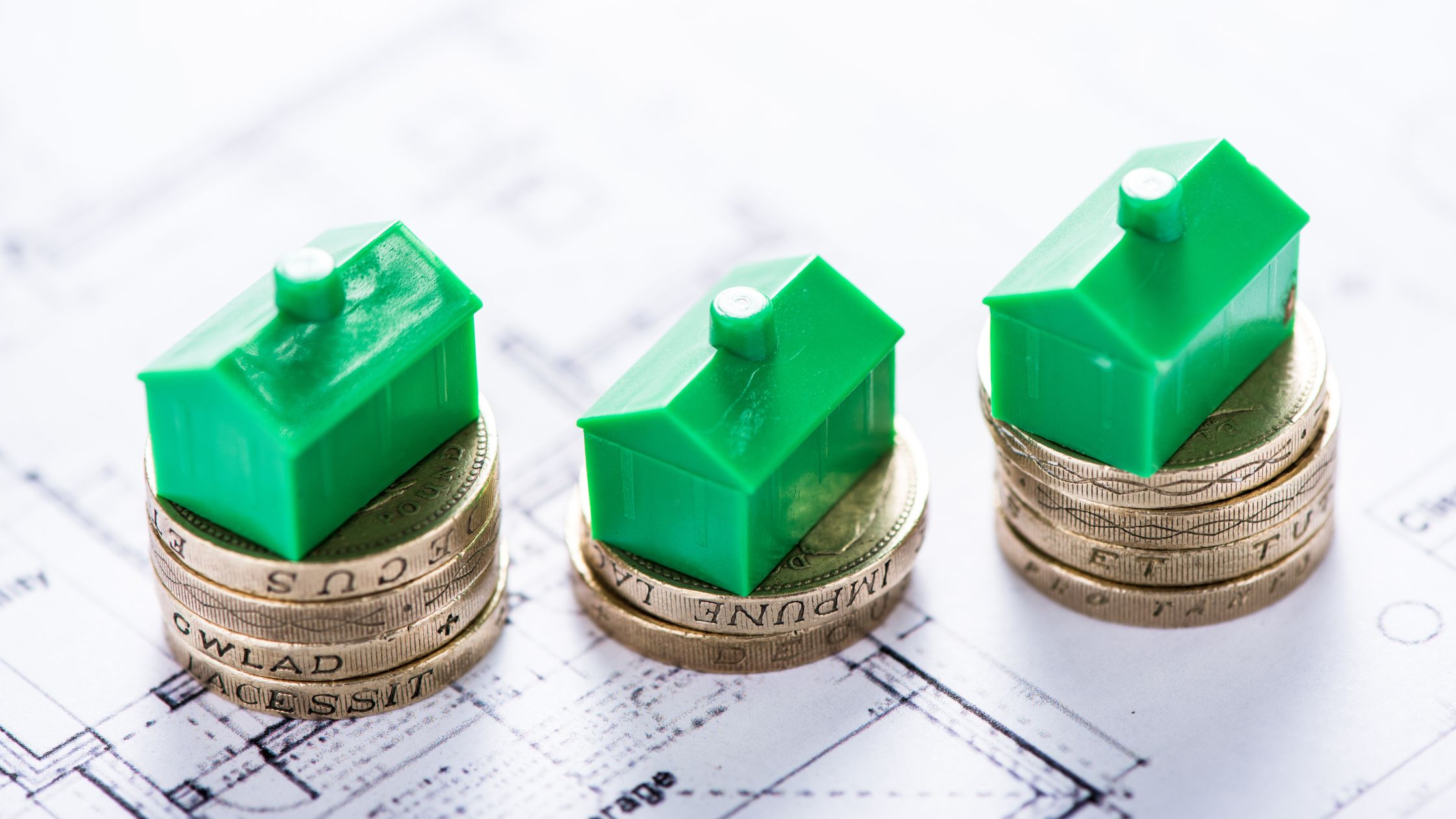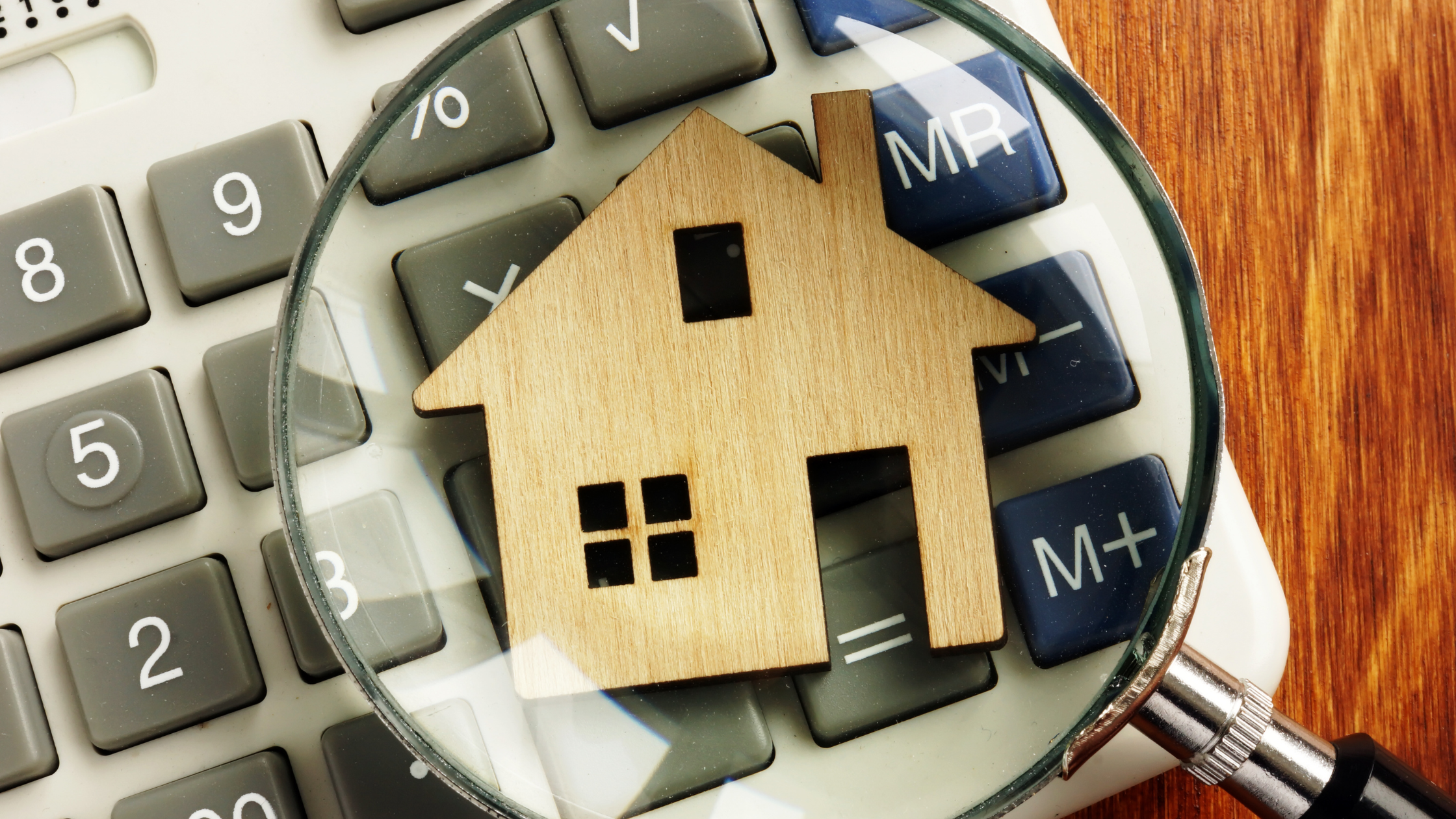Key Takeaways
-
A 1031 exchange allows real estate investors to defer capital gains taxes by reinvesting in a like-kind property.
-
Strict timelines apply, requiring property identification within 45 days and closing within 180 days.
-
Not all properties qualify, as primary residences and vacation homes are excluded.
-
A qualified intermediary is required to facilitate the exchange and hold funds to comply with IRS regulations.
What is a 1031 Exchange?
A 1031 exchange, also called a “like-kind” or Starker exchange, is a tool used by real estate investors to defer capital gains taxes. It allows investors to swap one investment property for another of equal or higher value, without paying taxes on the profit from the sale. This strategy is popular among those looking to upgrade properties while avoiding immediate tax costs.
How Does a 1031 Exchange Work?
To delay capital gains taxes, a real estate investor can sell a property and reinvest the proceeds into a “like-kind” property, meaning a property of a similar type and value. Because you’re not directly receiving profits, there’s no taxable income at the time of the exchange.
Exceptions to 1031 Eligibility
1031 exchanges apply mainly to real property like buildings and land, but there are exceptions. The following are not eligible for 1031 exchanges:
- Primary residences
- Vacation homes or second homes
- Stocks, bonds, or other securities
- Certain partnership interests
- Trust certificates
Depreciable Properties and 1031 Exchanges
If you’ve taken tax deductions on a property due to depreciation, the IRS may reclaim some of those tax benefits when you sell. However, by reinvesting the full proceeds in a 1031 exchange, you can defer taxes on both your capital gains and any depreciation recapture.
Why Use a 1031 Exchange?
There are various scenarios in which these are beneficial, including:
- Upgrading to a property with better ROI.
- Consolidating multiple properties into a single investment.
- Resetting the depreciation clock on rental properties.
- Converting a vacation home into a rental property.
- Diversifying an investment portfolio by acquiring multiple properties.
If you plan to purchase more than three properties, consult a qualified intermediary to navigate the financing rules for multiple acquisitions.
1031 Exchange Example
Consider an investor whose rental property has appreciated in value. Instead of selling and paying capital gains taxes, they use a 1031 exchange to purchase a new rental property. The IRS requires identifying a replacement property within 45 days and closing within 180 days. Given this strict timeframe, many investors work with real estate agents and qualified intermediaries to streamline the process.
Types of 1031 Exchanges
Here are three primary types of 1031 exchanges to consider:
- Delayed Exchange: The most common type, allowing you to sell a property first and then acquire a new property within 180 days. Funds are held by a qualified intermediary during this period.
- Reverse Exchange: Purchase the replacement property before selling the original. This is helpful in competitive markets but requires an exchange accommodation titleholder to manage the process.
- Build-to-Suit Exchange: Utilize proceeds from the sale to make renovations or improvements to a new property. These updates must be completed within 180 days.
Steps to Complete a 1031 Exchange
Identify the Properties
Decide which property you want to sell and identify potential like-kind properties to purchase. The properties must be similar in nature, even if not identical.
Work with a Qualified Intermediary
A qualified intermediary, or exchange facilitator, handles the sale and purchase. They hold the proceeds in escrow until the exchange is complete, ensuring compliance with IRS regulations.
Report to the IRS
File IRS Form 8824 with your tax return to document the transaction, including details on the properties, timeline, parties involved, and all funds exchanged.
Key 1031 Exchange Rules and Timelines
- 45-Day Rule: Within 45 days of selling your original property, identify the new property in writing to your intermediary or the seller.
- 180-Day Rule: Complete the purchase of the new property within 180 days of the original sale, or by the due date of your tax return, whichever comes first.
Tax Considerations in a 1031 Exchange
Several tax implications may come into play:
- “Boot” Tax: If you receive any cash or property that isn’t like-kind in the exchange, it is considered “boot” and may be subject to capital gains tax.
- Mortgage Differences: If the new property has a lower mortgage than the old one, the difference may be taxable.
- Deferred Capital Gains: Repeated 1031 exchanges can accumulate significant deferred capital gains, increasing your potential tax liability in the future.
Frequently Asked Questions About 1031 Exchanges
- When Should You Avoid a 1031 Exchange?
If you need cash proceeds for reasons other than reinvesting in like-kind property. - How Long Must You Hold a Property for a 1031 Exchange?
There’s no fixed holding period, but it’s generally advised to hold a property for at least one year to qualify for long-term capital gains tax benefits. - What Properties Qualify for a 1031 Exchange?
Eligible properties include rental homes, commercial properties, and vacant land. Primary homes and vacation properties do not qualify.
A Starker exchange is a valuable strategy for real estate investors looking to grow their portfolios while deferring capital gains taxes. Due to its strict guidelines and deadlines, partnering with a qualified intermediary is crucial to ensure a smooth transaction. Take time to research and consult with professionals as you navigate the complexities of real estate investing.
If you’re considering a 1031 exchange and want to explore your financing options, reach out to a mortgage professional to guide you through the process.
FAQ: 1031 Exchange
No SSN required. Zero impact to credit. Your Information is never sold.



